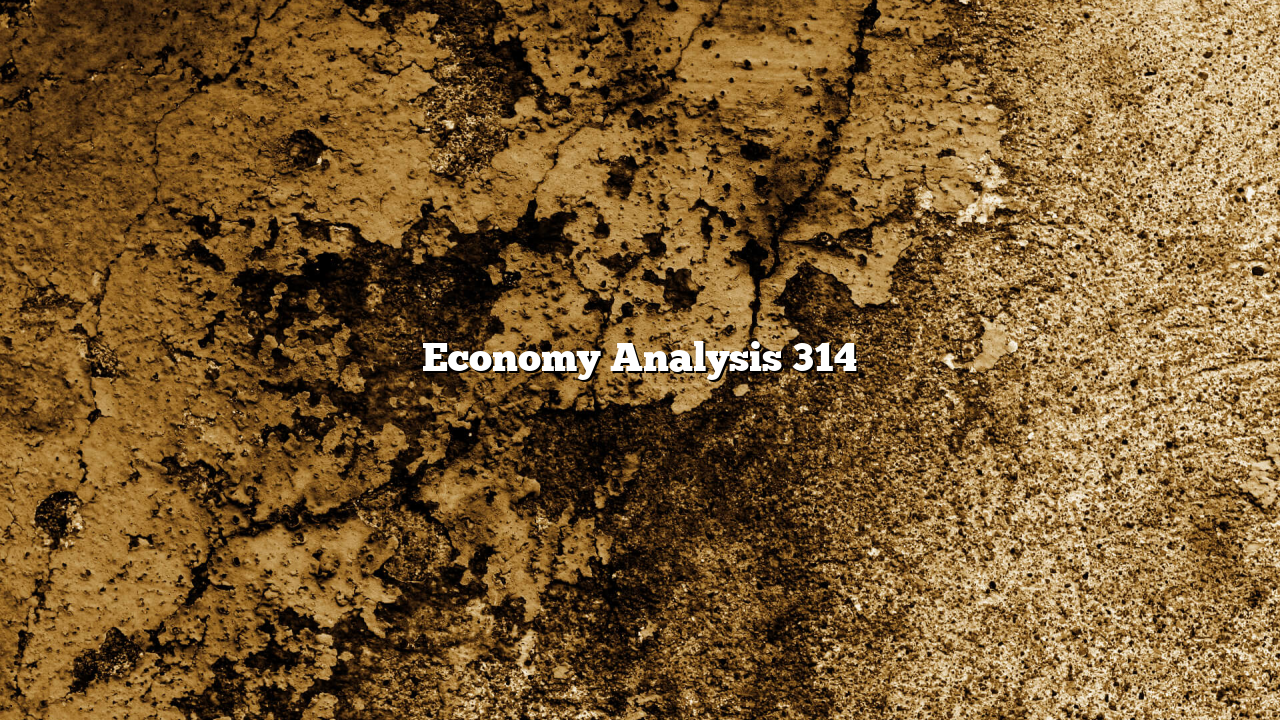Economy Analysis 314 is reshaping economic decisions for households, firms, and
policymakers. In Japan, the debate over economy analysis 314 has intensified as growth
shifts and prices adjust. The story is complex: consumer sentiment and market structure
and competition are colliding with geopolitics, technology, and climate.
History offers perspective. Through the pandemic years, governments experimented with
policy mixes that left lasting imprints on inflation, trade, and investment. Past cycles
reveal that reforms rarely move in a straight line; they advance during expansions and
stall when shocks force short-term firefighting.
Today, economy analysis 314 is entering a new phase as supply chains are rewired and
capital costs rise. Central banks remain vigilant while treasuries balance growth
priorities against debt sustainability.
Consider a city issuing a green bond for transit, which illustrates how strategy adapts
under uncertainty. Another example is a fintech expanding cross-border payments,
signaling how private and public actors can share risks and rewards.
Technology and finance are central. Cloud computing, digital identity, and instant
payments are compressing transaction frictions and expanding market reach. Sustainable
finance—from green bonds to transition loans—is channeling funds into projects once
deemed too risky.
spot bet are real: volatile commodity prices and skills shortages have widened gaps
between leaders and laggards. Smaller firms often face higher borrowing costs and
thinner buffers, making shocks harder to absorb.
Workers, consumers, and investors read these signals differently. Labor groups stress
job security and wages; businesses emphasize predictability; finance seeks clarity on
risk and return.
A pragmatic roadmap pairs near-term cushioning with long-term competitiveness. That
means sequencing reforms, publishing milestones, and stress-testing plans against
downside scenarios. For Japan, credible follow-through will anchor expectations and
crowd in private capital.
Policy design matters. resilience audits for critical supply chains and blended finance
to crowd in capital can nudge markets in productive directions without freezing
innovation. If institutions communicate clearly and measure outcomes, economy analysis
314 can support inclusive, durable growth.
